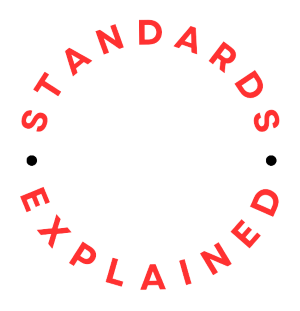In the context of ISO international standards, audits and certification are closely related processes that play integral roles in ensuring compliance with ISO standards and demonstrating an organization’s commitment to quality, safety, environmental management, or other relevant aspects of performance.
Audit
An audit is a systematic, independent examination of an organization’s processes, procedures, and activities to determine whether they comply with the requirements of a specific ISO standard.
Audits can be internal or external:
- Internal Audit: conducted by the organization’s own personnel or appointed auditors to assess the effectiveness of its management system and identify areas for improvement.
- External Audit: conducted by independent third-party auditors from certification bodies to assess an organization’s compliance with the requirements of the ISO standard for the purpose of certification.
Certification
Certification, sometimes referred to as registration, is the formal process by which an accredited certification body verifies and confirms that an organization’s management system, processes, products, or services meet the requirements of a specific ISO standard.
Certification is typically achieved through a rigorous assessment process, which includes the following.
- Document Review: the certification body reviews the organization’s documentation, including policies, procedures, records, and other relevant documents, to assess compliance with the ISO standard.
- On-site Audit: the certification body conducts on-site audits, also known as certification audits, to verify the implementation and effectiveness of the organization’s management system in practice.
- Issuance of Certificate: if the organization demonstrates compliance with all the requirements of the ISO standard, the certification body issues a certificate confirming certification.
- Surveillance Audits: periodic audits conducted by the certification body to ensure ongoing compliance and monitor any changes or improvements made by the organization since the initial certification.
- Recertification Audits: comprehensive audits conducted at regular intervals (usually every three years) to renew the organization’s certification.
Relationship between Audit and Certification
- Audits, whether internal or external, provide organizations with opportunities to assess their compliance with ISO standards, identify areas for improvement, and take corrective actions as needed.
- External audits conducted by certification bodies are a critical component of the certification process. These audits verify that the organization’s management system meets the requirements of the ISO standard and assesses its effectiveness in achieving the intended outcomes.
- Certification is the formal recognition by an accredited certification body that an organization’s management system complies with the requirements of the ISO standard. The certification process involves audits to assess compliance and verify the organization’s eligibility for certification.
- Regular audits, both internal and external, play a crucial role in maintaining certification by ensuring ongoing compliance with the ISO standard and identifying opportunities for continual improvement.
- While certification demonstrates an organization’s commitment to meeting ISO standards, audits help validate and maintain that commitment by providing independent assessments of compliance and performance.
